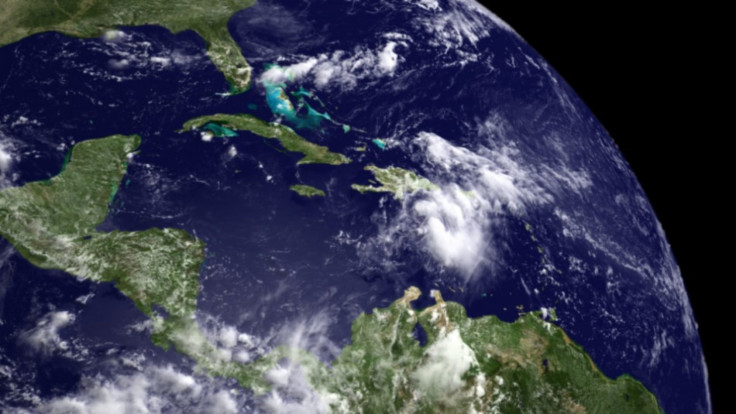NOAA Updates Forecast: Expect a More Active Hurricane Season

As Tropical Storm Emily, the fifth named storm of the Atlantic hurricane season, beared down on Haiti, federal hurricane forecasters rolled out an update on their predictions for an "active" season.
The August outlook calls for a slight increase in the number of storms and hurricanes that forecasters expect
Gerry Bell, lead hurricane season forecaster for the National Oceanic and Atmospheric Administration(NOAA), laid out their new estimates:
-14 to 19 named storms (up from 12 to 18 forecast in May)
-Of those, seven to 10 could become major storms (up from 6 to 10 forecast in May)
-Of the major storms, three to five could become Category 3 Hurricanes with winds of up to 111 mph or higher (down slightly from the figure of three to six forecast in May).
Several factors spurred these predictions:
-There are "exceptionally" warm sea-surface temperatures in the tropical Atlantic, now 1 degree above the average, the third-warmest since record-keeping began in 1954.
-Hurricane-suppressing El Nino conditions have failed to develop in the tropical Pacific.
-La Nina conditions - though expected to weaken - reduce the wind shear hostile to storms (often seen during El Nino years)
-The "multi-decadal signal" in ocean and atmospheric cycles that launched an era of active Atlantic hurricane seasons in 1995 is at play.
This would be the 12th above-average storm season in 17 years if the predictions hold true. Last year's hurricane season was among the most active on record, with 19 named storms. However, none struck the continental U.S. In fact, the last hurricane to strike the U.S. was category 2 Ike in 2008.
The last time a major hurricane with winds more than 111 miles per hour hit the U.S. was the record storm year of 2005.
"We have never gone six years without a major strike," Dennis Feltgen, spokesman for the National Hurricane Center in Miami, told Bloomberg. "That is a record I would like to establish, but that's not up to me, but up to nature."
Federal Emergency Management Agency assistant administrator Steve Woodward cautions that we have just been lucky.
"There is no reason for complacency. Disasters can strike anytime, anywhere. The difference with hurricanes is they have a season. Now is the time for you and your family to be prepared," he said.
Information on how to prepare for the hurricane season is online at http://www.ready.gov .
Since the season began on June 1, five tropical storms have formed including Tropical Storm Emily, which drenched Hispaniola on Thursday and has the "potential to cross eastern Florida," according to Bell.
"By Monday morning it could become a hurricane, and then re-curve out to sea, barely skirting the extreme eastern North Carolina coast," he added.
This could mark the beginning of a very busy hurricane season.
© Copyright IBTimes 2024. All rights reserved.






















